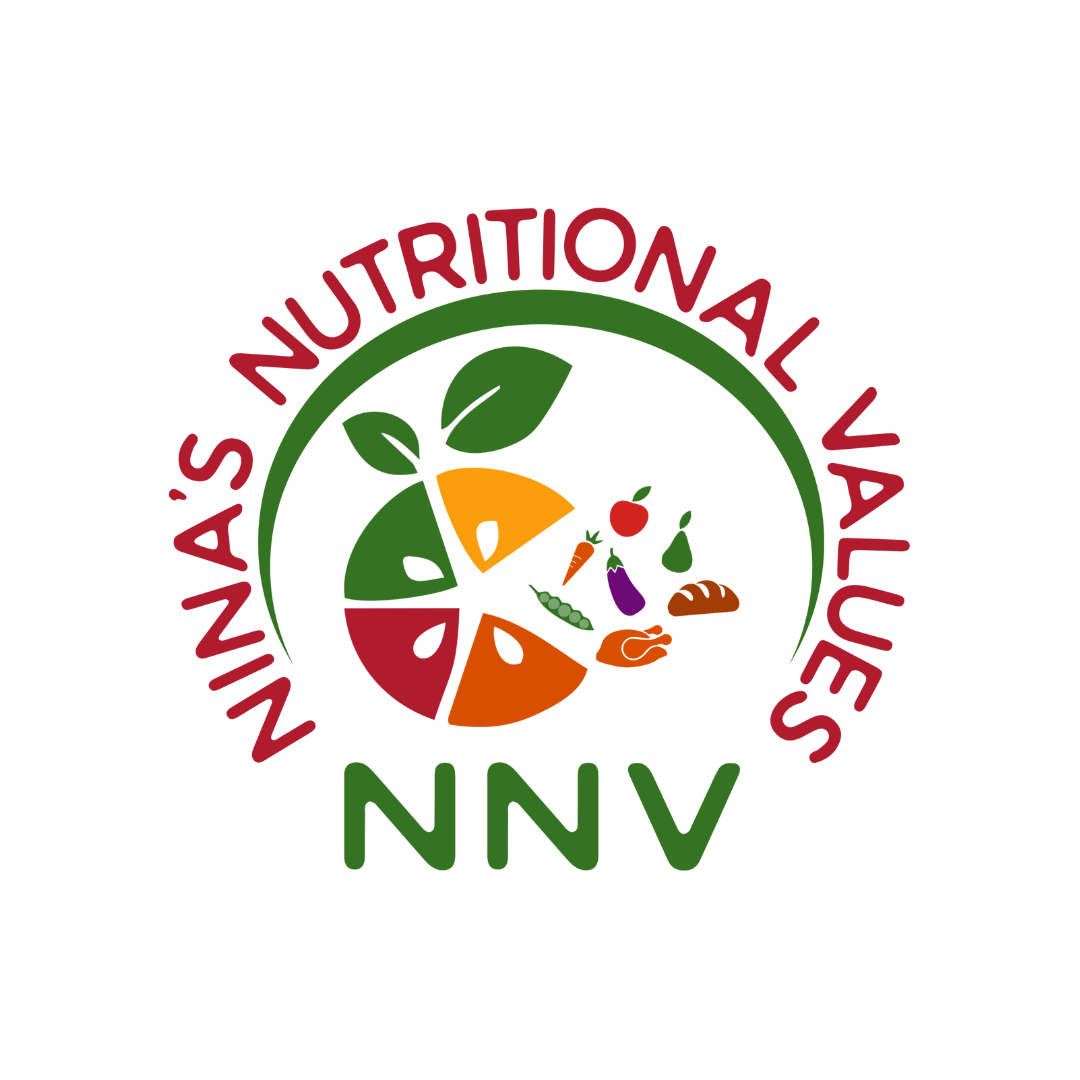Why Healthful Foods Should Be Your Primary Fiber Source
If your dietitian or physician has suggested increasing your fiber intake, or you don’t think you’re getting enough fiber—you might consider supplementing your fiber intake. Dietary fiber supplements serve a purpose and should be utilized when prescribed. Unless prescribed, aim to meet your daily fiber intake through natural fiber sources.
Why Getting Fiber From Healthful Foods Is Better?
There’s a growing range of gummies, capsules, prepackaged foods, and beverages that contain fiber. So, if you estimate that you’re falling significantly short of your daily grams of fiber, it’s tempting to consume more of these products. While they may be a portion of your intake, there are a few things to be mindful of.
Nutritional value: Obtaining fiber from fruits, vegetables, and whole grains provides essential vitamins and minerals.
Gut health: Different fruits, vegetables, and whole grains feed and fuel different gut bacteria. Bacteria are essential for healthy digestion.
Added sugars: Some fiber powders and food products contain added sugar, artificial sweeteners, and other additives. You can find sugar-free and additive-free options.
Zero insoluble fiber: Most fiber supplements and food products contain psyllium husk as their fiber source. Psyllium only contains soluble fiber.
Read more about the benefits of soluble and insoluble fiber.
How Much Fiber Do You Need?
It’s estimated that only 9% of women and 5% of men consume enough fiber. You should aim for about 14 grams per 1,000 calories consumed. According to the USDA, the average adult woman requires 28 to 34 grams per day and the average adult man requires 28 to 34 grams per day.
Unlike sugar or fat, which are essential in moderation, it’s ok to consume more fiber than recommended. Most suggest no more than 50 grams per day.
How to Get Enough Fiber From Natural Food Sources?
All fruits, vegetables, whole grains, legumes, nuts, and seeds are natural fiber sources. Generally speaking, fruit and legumes contain more soluble fiber, and vegetables, nuts, and whole grains contain more insoluble fiber.
Fiber is one of many reasons to prioritize eating a balanced diet as it contributes to multiple aspects of your health. Improved digestion is often the first thing that comes to mind, but fiber helps you stay fuller longer, regulates blood sugar, and may lower cholesterol levels.
If you consume 2 servings of fruit or vegetables per meal and 1 or 2 servings of low-glycemic whole grains per day, you’ll likely obtain the fiber your body requires to thrive. Garnish meals with nuts and seeds or have a serving of nuts and seeds as part of your snack.
If it’s helpful, use a food tracking app.
Fiber May Not Be Why You’re Constipated
If your motivation for increasing your fiber intake is due to constipation, there may be many contributing factors.
The factors below can contribute to your constipation:
Not drinking enough water or consuming dehydrating foods and beverages.
Eating a diet high in sugar, fatty foods, dairy, or processed foods.
An undiagnosed food allergy or other medical condition.
Prescription medication side effects or side effects of a diagnosed condition.
Sitting most of the day and not getting enough exercise.
Short-term or chronic stress, anxiety, depression, or mental health conditions.
Not Sure If You’re Getting Enough Fiber?
Tailoring your nutrition to your lifestyle and individual health is my specialty. My role as a dietitian is building balanced diets that include natural fiber sources, and the vitamins, minerals, and nutrients your body requires to thrive. Let’s get started!

